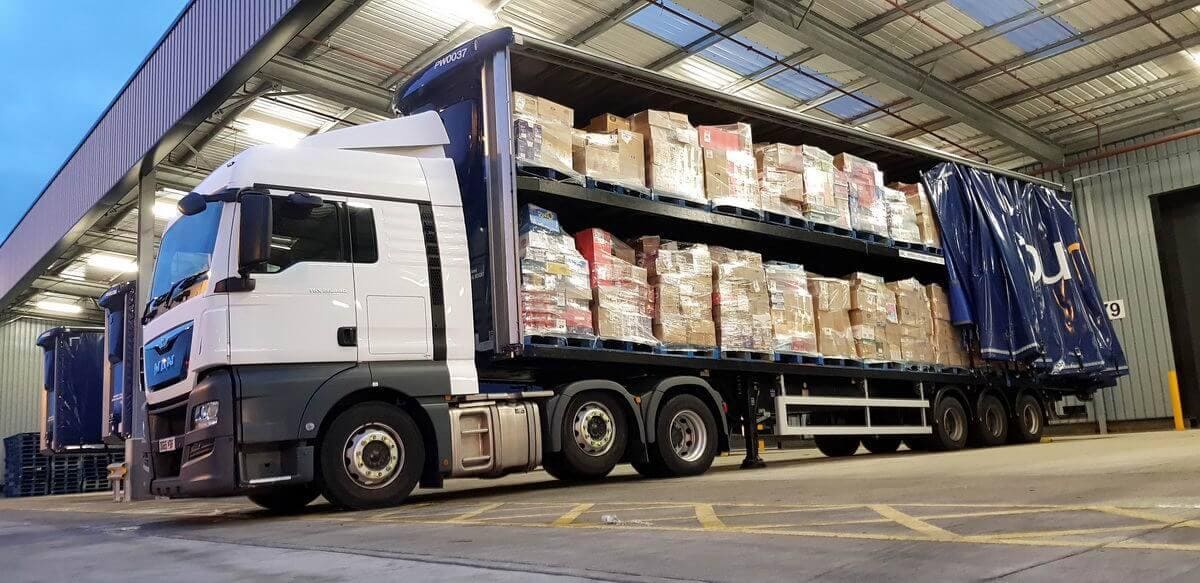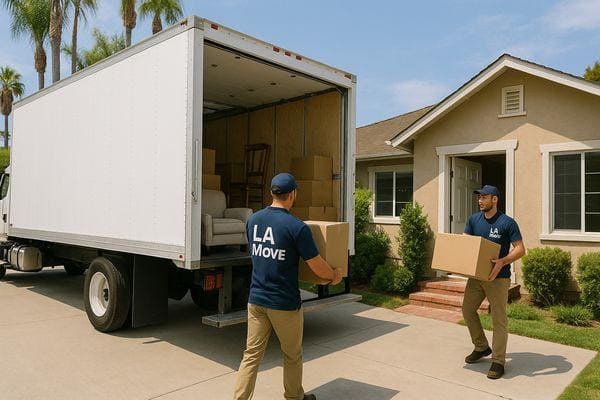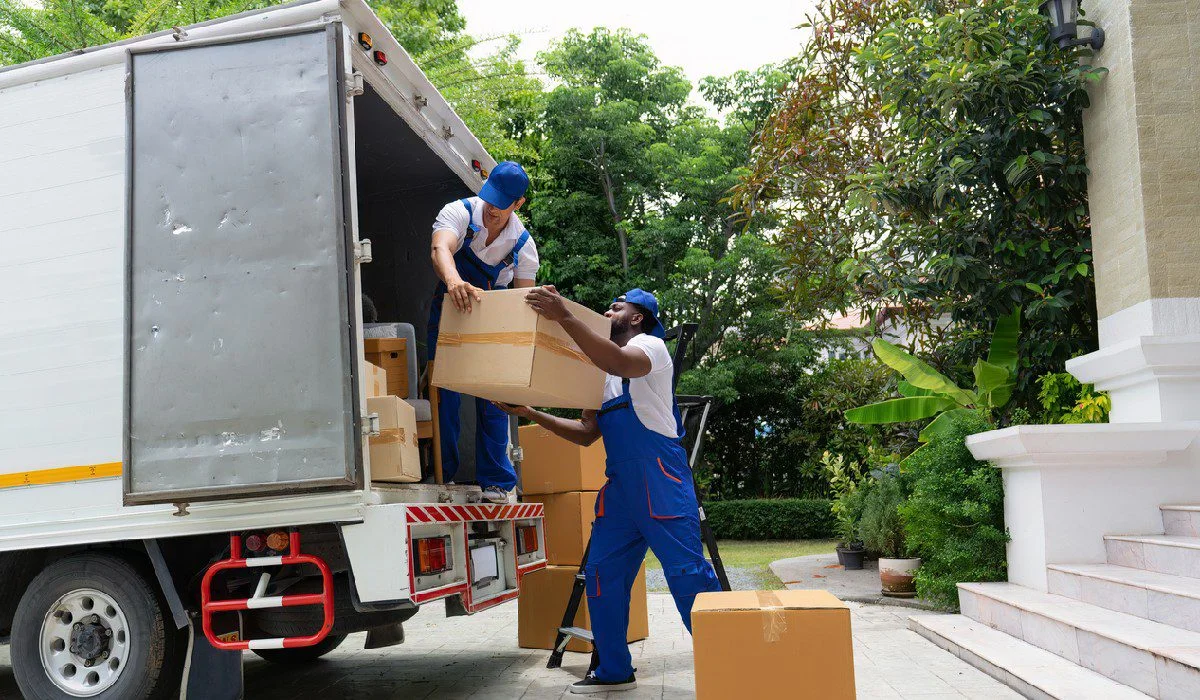
In the bustling landscape of urban centers, efficient delivery is not just a convenience; it's a critical component of modern commerce. For businesses seeking seamless operations, understanding and overcoming the inherent challenges of city logistics is paramount. Simple Transport Solutions LLC is dedicated to empowering companies with the strategies needed to thrive in this dynamic environment.
The Urban Delivery Maze: Understanding the Challenges
Urban environments present a unique labyrinth for delivery services. Navigating dense traffic, unpredictable road closures, and limited parking transforms a straightforward task into a complex logistical challenge. This constant battle against time often leads to frustrating delays, impacting customer satisfaction and operational efficiency for local delivery providers. The sheer volume of vehicles contributes significantly to these bottlenecks.
Beyond just delays, the complexities of city deliveries drive up operational expenditures. Fuel consumption increases in stop-and-go traffic, vehicle wear and tear accelerates, and driver productivity can plummet when routes are inefficient. Businesses, especially those reliant on quick transport, face the continuous struggle of optimizing routes to minimize these costs while still meeting stringent delivery windows.
Today's customers expect speed and reliability. A delayed package or a missed delivery window can quickly tarnish a company's reputation, regardless of the quality of the product itself. For businesses offering freight delivery or even small load transport, maintaining a consistent, high-quality service in the face of urban challenges is paramount. Failing to meet these expectations can lead to lost business and negative feedback in a competitive market.
City centers often come with a myriad of regulations, from restricted access zones and specific loading/unloading times to vehicle size limitations. These rules, while necessary for urban planning, add layers of complexity for logistics services. Understanding and adhering to these diverse requirements across different districts demands significant planning and flexibility, especially for companies managing regional transport across various metropolitan areas.
Root Causes of Urban Delivery Hurdles
- Aging city infrastructure, insufficient loading docks, and narrow streets impede smooth operations. Lack of dedicated commercial vehicle lanes exacerbates congestion, making timely arrivals challenging.
- Unexpected events like accidents, sudden road closures, or public gatherings instantly disrupt planned routes. These dynamic changes demand constant adaptation, which many traditional systems struggle to provide efficiently.
- Many operations still rely on outdated or manual route planning. Without advanced algorithms considering real-time traffic, delivery windows, and vehicle capacities, routes become inefficient, wasting time and resources.
Smart Solutions for Seamless City Deliveries
1. Advanced Route Optimization and Real-time Tracking
Implementing cutting-edge route optimization software is crucial. These systems leverage AI and real-time traffic data to calculate the most efficient paths, considering factors like delivery windows, vehicle size, and parking availability. This proactive approach significantly reduces travel time and fuel consumption, enhancing overall operational flow.
Real-time tracking capabilities complement route optimization by providing constant visibility of vehicles and deliveries. This allows for immediate adjustments to routes in response to unforeseen obstacles, ensuring that drivers can adapt quickly. Customers also benefit from accurate estimated times of arrival, improving satisfaction and transparency throughout the delivery process.
2. Strategic Urban Hubs and Micro-fulfillment Centers
Establishing smaller urban hubs or micro-fulfillment centers closer to end customers can revolutionize city deliveries. These strategically located facilities reduce the "last mile" distance, allowing for quicker and more frequent deliveries using smaller, more agile vehicles or even electric bikes. This model is particularly effective for courier hauling and small package transport.
By decentralizing inventory and staging points, businesses can mitigate the impact of central city congestion. This approach also supports more sustainable delivery methods and reduces the overall vehicle miles traveled within the most congested areas. Simple Transport Solutions LLC can assist in planning such distributed network strategies tailored to urban environments.
3. Collaborative Logistics and Shared Resources
Exploring partnerships and collaborative logistics models can unlock significant efficiencies. Sharing vehicle capacity, warehousing space, or even driver resources with other non-competing businesses can reduce individual operational burdens. This approach aligns well with concepts like affordable hauling by optimizing resource utilization across multiple entities.
Such collaboration can lead to fewer partially loaded vehicles on the road, decreasing traffic density and environmental impact. It also allows smaller businesses to access a broader network and advanced capabilities that might otherwise be out of reach. This collective strategy fosters a more resilient and adaptable urban delivery ecosystem for all participants.
Potential Risks and Mitigation Strategies
- Integrating new technologies like advanced route optimization can be complex, requiring significant initial investment and staff training.
Recommendation: Start with pilot programs, ensure thorough vendor vetting, and provide comprehensive training to ease the transition for your team. - Reliance on external partners in collaborative logistics introduces risks related to service quality, adherence to schedules, and data security. A weak link can affect the entire chain.
Recommendation: Establish clear Service Level Agreements (SLAs), conduct regular performance reviews, and implement robust data-sharing protocols. - Over-reliance on data and technology without human oversight can lead to issues if systems fail or data is inaccurate. Unexpected human factors or local nuances might be missed.
Recommendation: Maintain a balance between automated systems and experienced human dispatchers, ensuring contingency plans for technological failures.
Navigating urban delivery paths requires a blend of strategic planning, technological adoption, and collaborative spirit. By embracing these smart tips, businesses can transform logistical hurdles into opportunities for enhanced efficiency and customer satisfaction. Simple Transport Solutions LLC offers comprehensive support for diverse needs, from complex freight delivery to simple moving help for individuals and businesses, including specialized services for Colorado movers. Let us help you chart a smoother course through the city.



